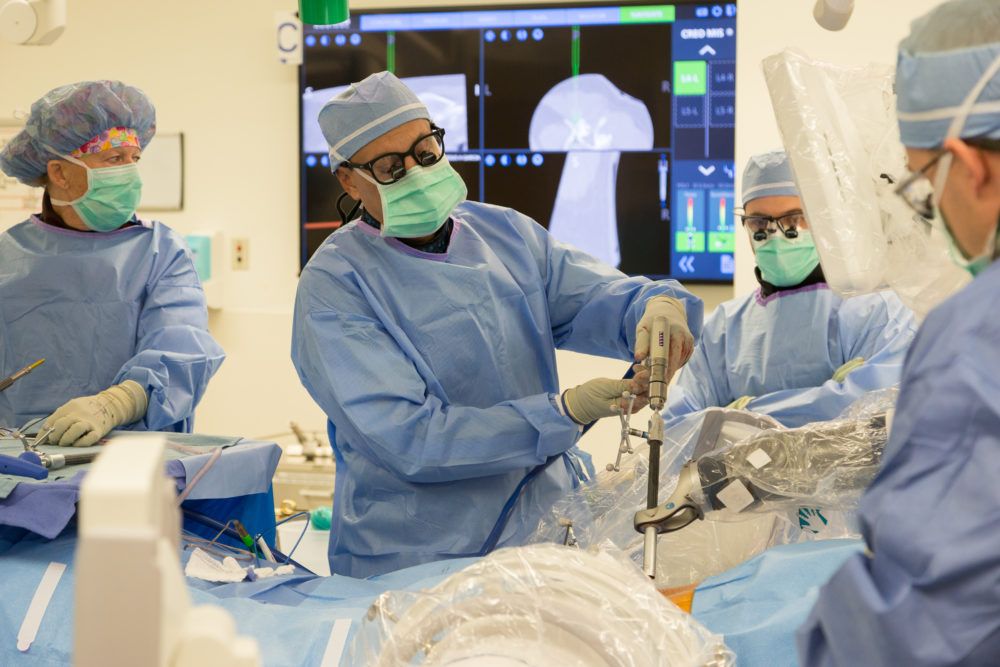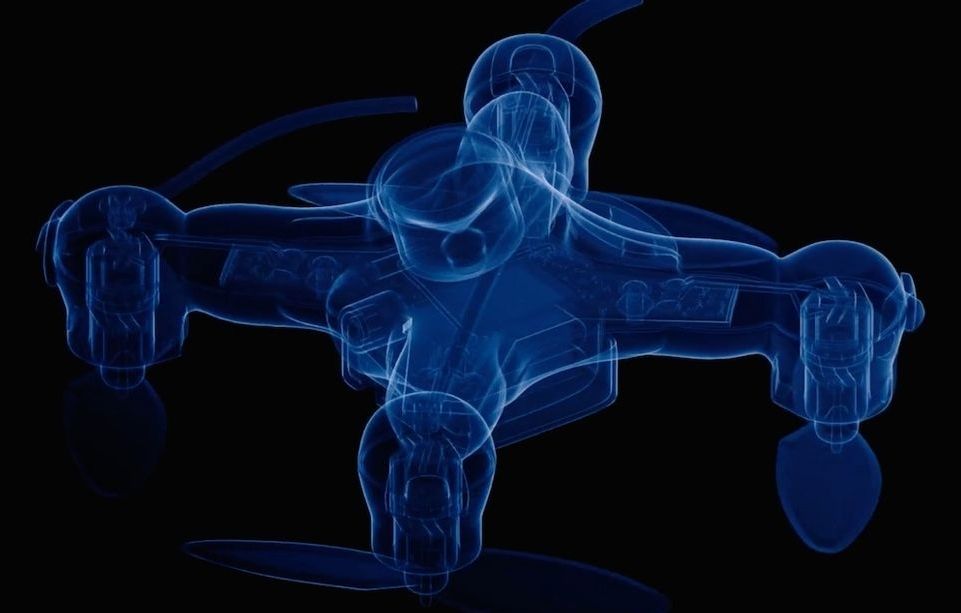Will the benefits of making data more widely available outweigh such risks? The signs are that they will. Plenty of countries are now opening up their medical records, but few have gone as far as Sweden. It aims to give all its citizens electronic access to their medical records by 2020; over a third of Swedes have already set up accounts. Studies show that patients with such access have a better understanding of their illnesses, and that their treatment is more successful. Trials in America and Canada have produced not just happier patients but lower costs, as clinicians fielded fewer inquiries. That should be no surprise. No one has a greater interest in your health than you do. Trust in Doctor You.
NO WONDER they are called “patients”. When people enter the health-care systems of rich countries today, they know what they will get: prodding doctors, endless tests, baffling jargon, rising costs and, above all, long waits. Some stoicism will always be needed, because health care is complex and diligence matters. But frustration is boiling over. This week three of the biggest names in American business—Amazon, Berkshire Hathaway and JPMorgan Chase—announced a new venture to provide better, cheaper health care for their employees. A fundamental problem with today’s system is that patients lack knowledge and control. Access to data can bestow both.
The internet already enables patients to seek online consultations when and where it suits them. You can take over-the-counter tests to analyse your blood, sequence your genome and check on the bacteria in your gut. Yet radical change demands a shift in emphasis, from providers to patients and from doctors to data. That shift is happening. Technologies such as the smartphone allow people to monitor their own health. The possibilities multiply when you add the crucial missing ingredients—access to your own medical records and the ability easily to share information with those you trust. That allows you to reduce inefficiencies in your own treatment and also to provide data to help train medical algorithms. You can enhance your own care and everyone else’s, too.
Upgrade your inbox.







